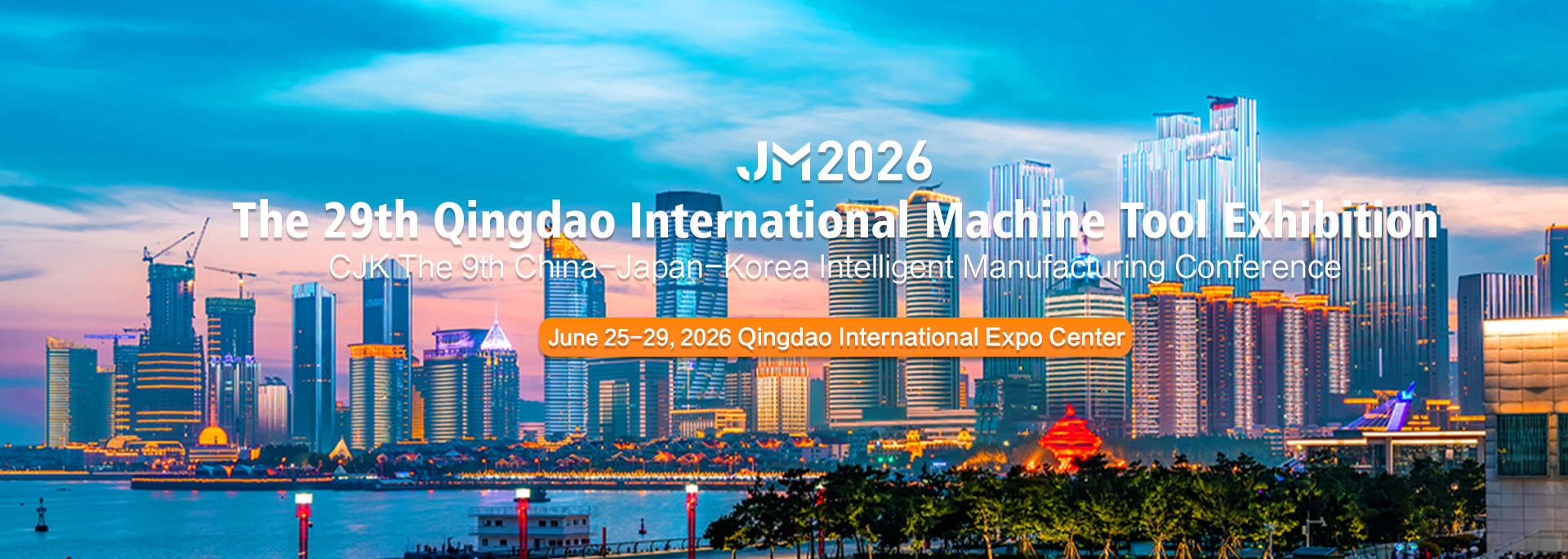Shandong ranks first in automobile production | Automobile production of various provinces in China from January to August
2025-10-14
Author:JINNOC EXPOBy the first eight months of 2025, China's auto production exceeded 20.82 million units, a year-on-year increase of 10.5%. Anhui ranked first with 2.06 million units, and Shandong ranked fourth. By April 2025, Shandong's auto production reached 233,700 units, a year-on-year increase of 45%, ranking first in China.
Shandong Province's industrial advantages as a major automobile industry province
1
Industrial Foundation: From Commercial and Heavy Vehicles to New Energy Vehicles
In July 2003, Shandong Province first clearly stated its goal of becoming a "powerful province in the automotive industry." Over the following decade, Shandong gradually shifted its focus from primarily commercial vehicles to a balanced emphasis on both passenger and commercial vehicles.
2
The Rise of New Energy Vehicles
As of April 26, 2025, the cumulative number of vehicles scrapped and replaced in the province exceeded one million, reaching 1.024 million. Trade-in subsidies were a key factor, and the trend of replacing older fuel vehicles with new energy vehicles was evident.
3
Industrial Chain Advantages
The greatest advantage of Shandong's automotive industry lies in its comprehensive industrial chain. Shandong boasts one of the most diverse automotive industries in China, establishing a comprehensive supply chain from raw materials and core components to finished vehicles.
The greatest advantage of Shandong's automotive industry lies in its comprehensive industrial chain. Shandong boasts one of the most diverse automotive industries in China, establishing a comprehensive supply chain from raw materials and core components to finished vehicles.
In the upstream supply chain, Shandong boasts manufacturers of raw materials such as anode materials and electrolytes, as well as core components such as power batteries and motors. In the midstream, there are manufacturers of various types of finished vehicles, including passenger cars, commercial vehicles, and special-purpose vehicles. Downstream, there are companies engaged in charging and swapping equipment, battery recycling, and other industries. Distinctive industrial clusters have formed in various cities, including Zaozhuang and Tai'an for lithium batteries, Dongying for tires, Yantai for auto parts, and Binzhou for lightweight aluminum.
This industrial chain advantage has greatly improved production efficiency. For example, Chery's Qingdao base has attracted 16 Chery tier-one suppliers to the Jimo Automobile Industrial New City, while also integrating 26 local parts manufacturers into Chery's tier-one suppliers, bringing Chery's local supply ratio to over 30%.
4
Differentiated development of Jinan and Qingdao
Shandong Province is adopting an industrial layout characterized by "two cores leading and multiple points supporting," with Jinan and Qingdao at its core, creating two trillion-yuan industrial bases.
Jinan has established a relatively comprehensive vehicle manufacturing system, encompassing both passenger and commercial vehicles, and is home to a cluster of vehicle manufacturers such as Sinotruk, BYD, and Geely. Since the establishment of the first phase of BYD's Jinan base in the starting area, it has developed a collaborative development model of "smart factory + industrial cluster," achieving full-scale production of one new energy vehicle every minute.
Qingdao, through SAIC-GM and Chery, is developing a passenger vehicle production base. The second phase of Chery's stamping shop in Qingdao is nearing completion and entering the equipment commissioning phase. By 2025, Chery's Qingdao base plans to produce over 250,000 vehicles.
5
Charging network goes to rural households
The success of Shandong's new energy vehicle push into rural areas is inseparable from a robust charging infrastructure. By the end of March 2025, the province had 1.1735 million charging stations of all types, an 89.7% year-on-year increase.
The highest concentration of NIO owners in China isn't in Beijing, Shanghai, or Guangzhou, but in Xingfu Town, Boxing County. In this small town with a registered population of less than 40,000 and a permanent population of 80,000, there's an average of one NIO car for every 80 residents.
6
Export to global market
Shandong continues to increase its exports of new energy vehicles, vigorously expanding into markets with Belt and Road Initiative countries, Europe, the United States, Japan, and South Korea, and increasing its overseas market share.
In the first half of 2025, Shandong's exports of the "new three items" reached 6.06 billion yuan, a year-on-year increase of 12.2%. Of these, 21,300 electric passenger cars were exported, a 66.1% increase, valued at 4.1 billion yuan, a 173.8% increase. Lithium battery exports totaled 1.24 billion yuan, accounting for 20.4%. China National Heavy Duty Truck Group, leveraging its position as the world's largest single-brand heavy-duty truck exporter for 20 consecutive years, has cultivated a network of European and American suppliers in Jinan.
2026 The 29th Qingdao International Machine Tool Exhibition
June 25-29, 2026


